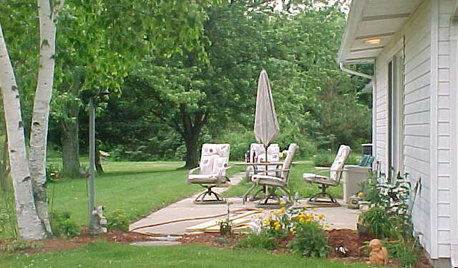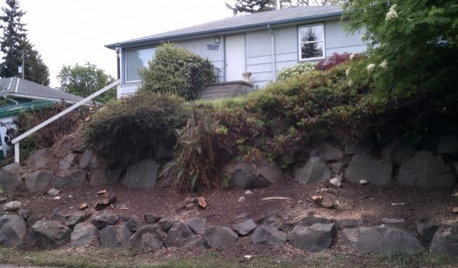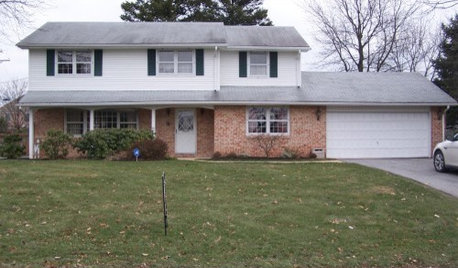Butcherblock countertop question
xscribe
14 years ago
Related Stories


KITCHEN DESIGN9 Questions to Ask When Planning a Kitchen Pantry
Avoid blunders and get the storage space and layout you need by asking these questions before you begin
Full Story
REMODELING GUIDES13 Essential Questions to Ask Yourself Before Tackling a Renovation
No one knows you better than yourself, so to get the remodel you truly want, consider these questions first
Full Story
GREEN BUILDINGConsidering Concrete Floors? 3 Green-Minded Questions to Ask
Learn what’s in your concrete and about sustainability to make a healthy choice for your home and the earth
Full Story
Design Dilemmas: 5 Questions for Design Stars
Share Your Design Know-How on the Houzz Questions Board
Full Story
REMODELING GUIDES9 Hard Questions to Ask When Shopping for Stone
Learn all about stone sizes, cracks, color issues and more so problems don't chip away at your design happiness later
Full Story
REMODELING GUIDESPlanning a Kitchen Remodel? Start With These 5 Questions
Before you consider aesthetics, make sure your new kitchen will work for your cooking and entertaining style
Full Story
REMODELING GUIDESSurvive Your Home Remodel: 11 Must-Ask Questions
Plan ahead to keep minor hassles from turning into major headaches during an extensive renovation
Full Story











Jon1270
kudzu9
Related Professionals
Stoughton Cabinets & Cabinetry · Birmingham Carpenters · Channahon Carpenters · Del Aire Carpenters · Emeryville Carpenters · Tonawanda Carpenters · Cartersville Flooring Contractors · Covington Flooring Contractors · Fort Myers Flooring Contractors · Johnson City Flooring Contractors · Milford Flooring Contractors · Suwanee Flooring Contractors · Washington Flooring Contractors · Cartersville Furniture & Accessories · Huntersville Furniture & AccessoriesJon1270
bobismyuncle
kudzu9
sombreuil_mongrel
kudzu9
brickeyee
bobismyuncle
swines
sombreuil_mongrel
kudzu9